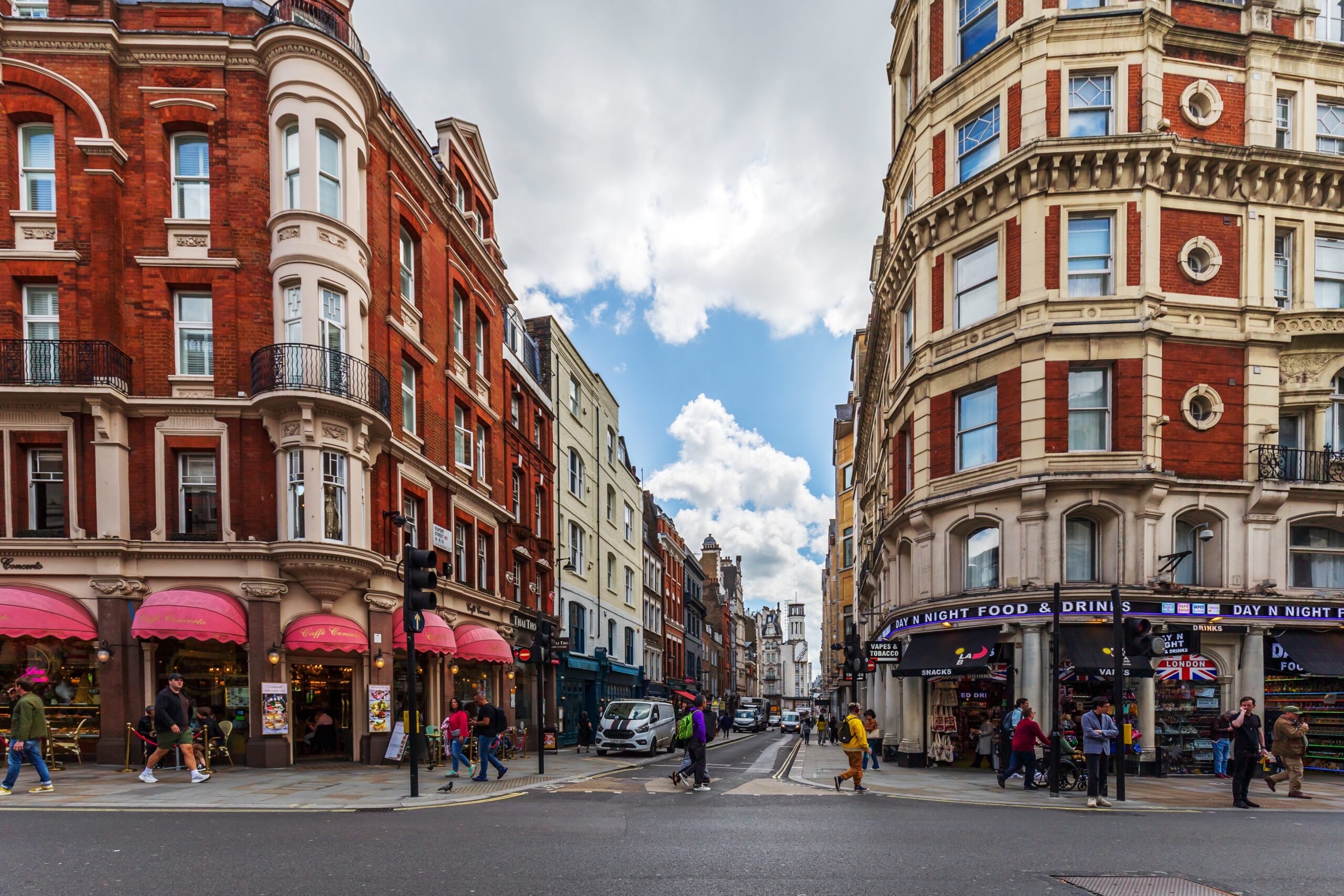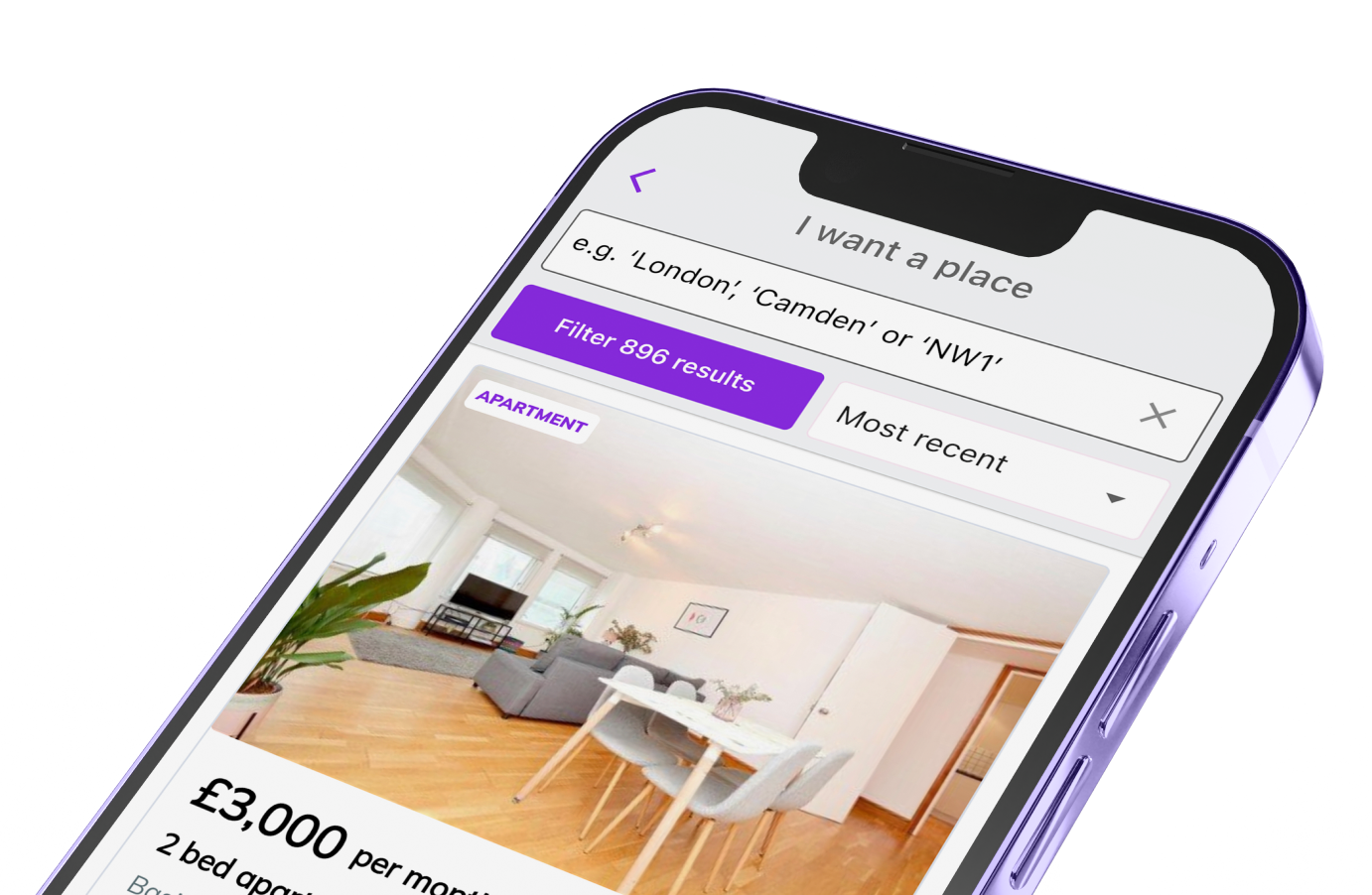Soho is a word and it’s a place, an entertainment, theatre and night life neighbourhood in the middle of the West End of London (the West End being the retail and leisure area of the city to the west of the historic ‘Square Mile’, the original Roman fortification ‘Londinium’).
It’s not just an entertainment area… since the 1960s it’s been a centre for the advertising and film businesses, and it remains a preferred location for creative services agencies.
Useless piece of information: apparently the word was used as a hunting cry used by the hapless James Scott, 1st Duke of Monmouth, to rally his troops at the Battle of Sedgemoor. Monmouth had a big house in Soho Square. But you may know that it didn’t work out well for Monmouth – he lost the battle and later his head at the Tower of London. So when you sally forth to Soho, maybe use a different cry – how about Tally Ho, or Tally Soho? (Or Sally Toe?).
For those who think in maps, think of it as a box bordered by Oxford Street (north), Charing Cross Road (east), Shaftesbury Avenue (south) and Regent Street (west). It really is slap bang in the middle of town. If you’re not into the map thing, just go to Piccadilly Circus and sally forth, north.
As many people know, Soho is where you go to wander, have a coffee, have a meal in one of the myriad restaurants, go shopping, go to the theatre and if you have the time, money and inclination, further amusements such as the theatres, gambling, clubbing and salacious activities. In fact Soho always had a naughty image… back in the 1930s the Windmill Theatre hosted nude models (who remained stationary to avoid breaking censorship laws) and after the war the Raymond Revue bar, set up by entrepreneur Paul Raymond, became the most famous strip club.
There is something inherently seedy about Soho. That’s the whole point. But these days they’ve actually cleaned it up a lot and it’s no longer Sex in the City (apart from a couple of naughty knickers shops and a number of gay ‘accoutrement’ outlets. Back in the day, when being gay was risqué, Old Compton Street was the place.
No, it’s travelled a bit upmarket with stylish bars and restaurants and perhaps not so much the natural habitat for London’s seamy undersides or the bohemian, epic all-day drinkers.
Note: the new Ivy restaurant in Broadwick Street is quite good value and buzzy. There’s also Kettner’s, which has been around forever and has hosted Churchill, Oscar Wilde and probably most of the stars.
London’s neighbourhoods evolve, they rise and fall in fashion, they gentrify, they degenerate, they are dynamic. Soho was posh: in the nineteenth century it was home to the wealthy but then there was a cholera epidemic (traced to a water pump in Broadwick Street) and the aristocracy moved west to Mayfair, which to this day is the playground of the super wealthy. That’s when Soho started to be an area for prostitutes, traders and increasingly in the twentieth century, struggling authors, artists, poets and musicians.
I guess one way to look at this is that Mayfair became the new boring zone and Soho became the erogenous zone.
I can’t give you all the restaurants and bars – my advice is to wander without Google, to boldly go without Trust Pilot, to cut loose from your Android or IOS, to use your five senses and random street turnings to discover the area and find places that take your fancy. Crikey, can you manage that? Can you thread your way along back alleys and into dodgy basements without ChatGPT to guide you? Caramba, give it a try.
Just so you know, the Coach & Horses pub, 29 Greek Street, is probably the most famous pub… it was the base for Jeffrey Bernard, the Private Eye staff, Francis Bacon and others in the 1970s and 1980s. The other famous watering holes were, and are, the French House and Colony Club.
I would recommend the French house in Dean Street. When I used to drink there and meet other creative people in the 1980s, it was still run by Gaston, who was born in the pub in 1914. It is thought that Charles de Gaulle wrote his speech, ‘A Tous les Francais’ in the pub. It’s open and intimate style really does lend itself to chatting to others around the bar so if you are feeling sociable, give it a go. Not sure who goes there these days (maybe the artists have all split to go ‘east’). Regulars have included, long ago, Brendan Behan, Dylan Thomas (no less) and Malcolm Lowry. They’ve written ideas on napkins and lost their manuscripts on bar stools and toilet cubicles. They don’t serve British pints, it’s a bit too Continental for that.
Unlike Paris, where it used to be the case that the whole Left Bank was crawling with scribblers and painters, London never had much time or place for artists other than Soho. In Paris, if you say you are a poet they say, ‘How fascinating’; in London they say, ‘How ridiculous, hope you get better soon’. But Soho has been a sanctuary, or at least canvas on which bohemians can depict their drunken musings, flights of fantasy and on the whole by jolly naughty.



















































